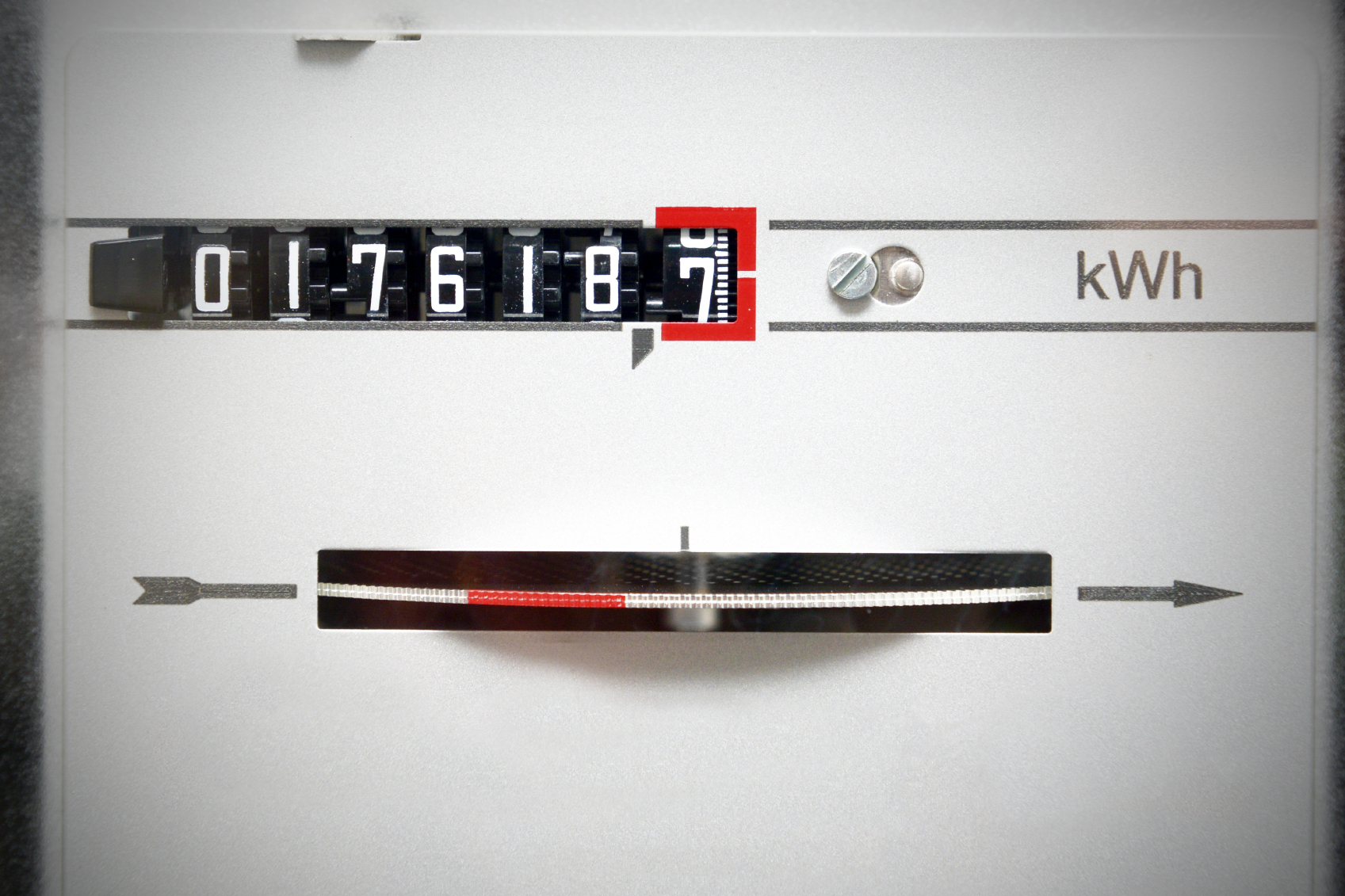
Demand Response Revisited
There is gold in that electric bill-save 10% or more by participating in a Demand Response program.
In a previous Energy Brief, we discussed what demand response is and why it is becoming a critical strategy for utilities. Demand Response (DR) programs help utilities manage their peak loads and thus reduce cost and/or improve reliability. Examples include direct load control, interruptible and curtailable rates, and critical peak pricing. All of these offer some incentive to utility customers who reduce their demand for electricity in response to a signal from the utility.
Is DR Right for Me?
You may be thinking “I don’t have anything to control and it is too difficult to manage. Well, you may not have a choice. Many utilities are exploring or implementing “critical peak pricing.” This means that customers will have to pay a higher rate for electricity at the utility’s peak times. This could easily be ten times the average cost of electricity so cost avoidance for your business may be a necessity.
Technology to the rescue! New technology incorporated into equipment and controls have opened the door to participation in DR programs. Most commercial businesses can identify 5% to 15% of their facility peak demand that could be managed during peak times. Industrial facilities can many times control over 20% of peak demand. Some examples will illustrate the point.
- New lighting fixtures can cut back to 50% power in applications such as box stores, office buildings, and institutional facilities.
- Energy management control systems (EMCS) allow large facilities to change temperature set points, cycle HVAC units, and/or shut down units in non-critical areas.
- Industrial processes such as melting furnaces, pumping systems, and subsidiary operations can be scheduled around DR events.
- Stand-by generation can be used in many cases as a DR asset. Using on-site generation instead of managing loads provides a unique DR opportunity.
DR Metrics
Understanding the following DR metrics is necessary in order to determine if your facility is a viable candidate for DR:
- Event notification lead-time: Minimum time you need before reducing electric consumption. The shorter the lead-time, the more value to the utility (which means increased incentives for the customer).
- Event duration: Number of hours you participate in each event. The longer you can participate, the more value to the utility.
- Event window: What time of day can you participate in an event. The load you will control must be available during the utility’s peak, typically late morning to early evening. Partial times are ok but are of less value to the utility.
- Number of consecutive event days: Can you participate in events that occur on consecutive days? If so, there is more value to the utility.
How Do I Get Started With My Analysis?
The following tasks need to be accomplished in order to determine if DR is right for you.
Find out what programs are available
- How are the incentives paid? Per kW? Per kWh? And, how much is the incentive?
- Is there a minimum demand (kW) necessary to participate?
- What is the event notification lead-time?
- How long can events last?
- What are the penalties for non-performance?
The penalty for non-performance is typically stiff because the utility is providing attractive incentives for customer participation in the program and they rely on the demand reduction to be there when they need it.
Perform a benefit/risk analysis
This analysis should look at each electrical end use within your facility with regard to the DR metrics for the utility program. Most utilities will provide or fund a study of facilities to identify energy efficiency and DR opportunities. If the utility cannot help, energy consulting firms can provide the expertise to accomplish all of the task indicated.
Next Time
More about stand-by generation and DR as well as DR enhanced by Advanced Metering infrastructure (AMI).




